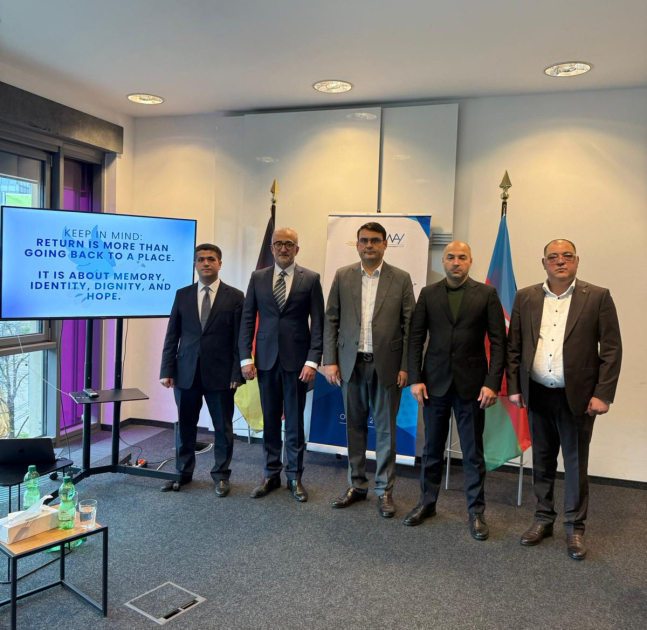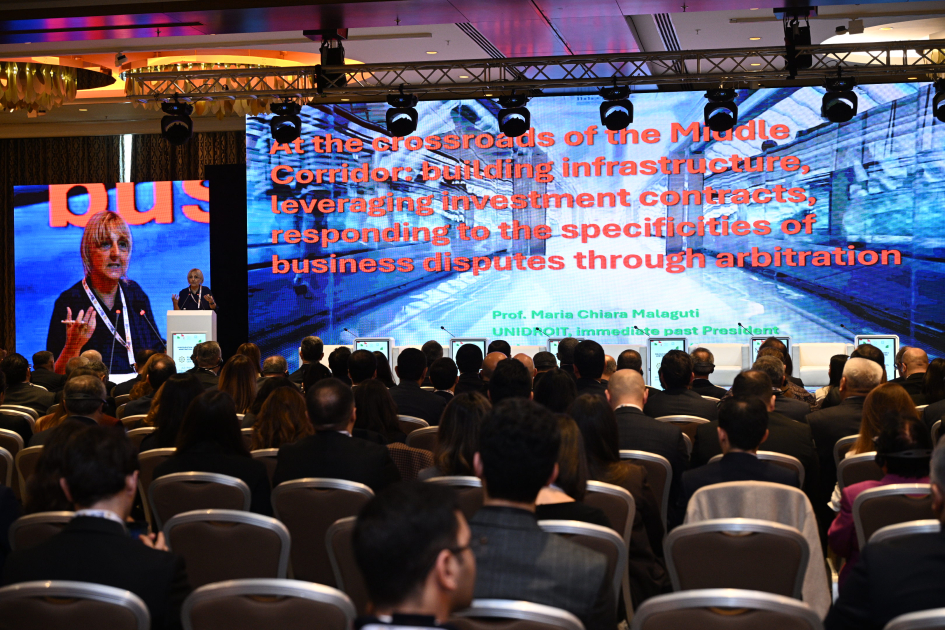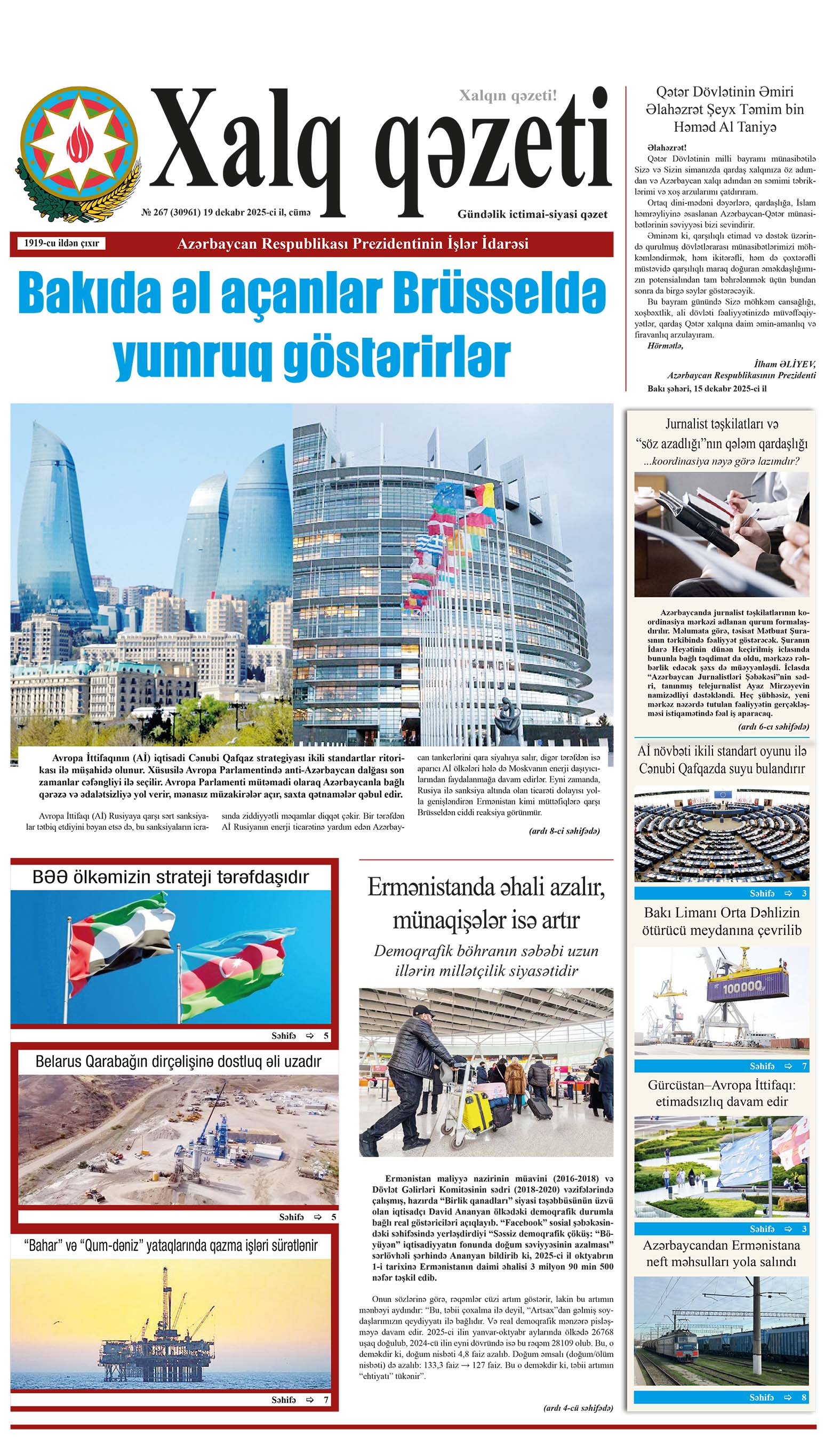History is set to made this April as China will be hosting the world's first human-robot marathon in Beijing's Daxing district, according to Economic Times.
This half-marathon will feature 12,000 human runners competing alongside humanoid robots, marking a groundbreaking integration of advanced robotics in sports. Prizes will be awarded to the top three finishers, regardless of whether they are human or robot.
Organized by the Beijing Economic-Technological Development Area, also known as E-Town, the marathon will showcase robots developed by over 20 companies. The primary requirement is that participants must resemble humans and have a mechanical structure capable of bipedal walking or running—robots on wheels are not permitted.
According to the guidelines, the robots must stand between 0.5 and 2 meters tall, with a minimum hip-to-foot extension of 0.45 meters. Both remote-controlled and fully autonomous robots are eligible, and operators can replace their batteries during the race to ensure continuous performance.
Tiangong: A Star Participant
One of the most anticipated entrants is "Tiangong," a humanoid robot developed by China’s Embodied Artificial Intelligence Robotics Innovation Center. Tiangong can run at an average speed of 10 kilometers per hour and previously gained attention for its participation in the Yizhuang Half Marathon in Beijing last year. However, this event marks the first time humanoid robots will compete in an entire 21-kilometer race.
China’s foray into humanoid robotics aligns with its broader strategy to address demographic challenges. With an ageing population and a shrinking workforce, the nation is investing heavily in robotics and automation to sustain economic growth. Official data reveals that by the end of 2024, over 310 million people in China were aged 60 and above, constituting 22% of the population.
Robots are being deployed in caregiving roles, from providing emotional companionship to health monitoring and household services. Additionally, China is exploring robotics in industrial applications to counter its dwindling workforce, which has declined for the third consecutive year.
















.webp)



